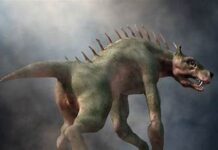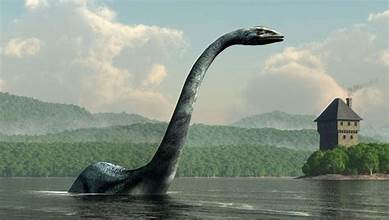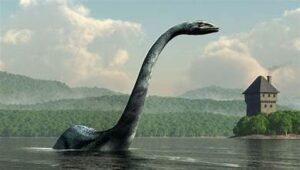
Introduction
The Loch Ness Monster, often referred to as Nessie, has captivated imaginations and sparked debates for decades. Nestled in the deep, dark waters of Loch Ness in the Scottish Highlands, this elusive creature has become one of the most enduring legends of cryptozoology. While many dismiss it as a myth, recent scientific endeavors continue to probe the mystery surrounding Nessie. This article delves into the latest scientific discoveries and ongoing mysteries related to the Loch Ness Monster, aiming to provide a comprehensive and up-to-date overview.
The Legend of Loch Ness Monster
The Loch Ness Monster legend dates back to ancient times, with references to a water beast appearing in Scottish folklore. However, the modern legend began in 1933 when a photograph known as the “Surgeon’s Photograp” appeared, purportedly showing Nessie’s long neck and head emerging from the water. Since then, numerous sightings, photographs, and sonar readings have fueled the ongoing fascination with the creature.
Recent Scientific Discoveries
1. Environmental DNA (eDNA) Studies
One of the most promising scientific approaches in recent years has been the use of environmental DNA (eDNA) to investigate the Loch Ness Monster. In 2018, a team of researchers led by Neil Gemmell, a professor of aquatic genetics, conducted a comprehensive eDNA survey of Loch Ness. By collecting water samples and analyzing the genetic material found within, the team aimed to identify any unknown or unusual species living in the loch.
The results of the study did not reveal any evidence of a large, unknown creature. Instead, the findings included a variety of known species, such as fish, birds, and mammals, as well as some DNA from bacteria and plants. While this might seem like a setback for those hoping to find Nessie, the study has provided valuable insights into the loch’s ecosystem and the types of organisms that inhabit it.
2. Sonar Scanning and Underwater Exploration
Sonar technology has long been used to search for the Loch Ness Monster. In the 1970s, a team led by the Loch Ness Investigation Bureau conducted sonar scans of the loch but found no evidence of a large creature. More recent efforts, such as those by the Loch Ness Project and various private researchers, have employed advanced sonar equipment and underwater drones to explore the depths of Loch Ness.
In 2018, a team from the University of Otago used sonar scanning and underwater vehicles to map the loch’s bottom. The results revealed detailed information about the loch’s underwater geography, including previously unknown features like submerged trees and large, mysterious objects. While no evidence of Nessie was found, these explorations have enhanced our understanding of Loch Ness’s unique environment.
3. Analysis of Historical Photographs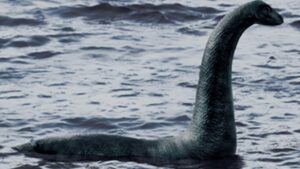
The infamous “Surgeon’s Photograp” and other historical photographs of Nessie have been subjects of scrutiny for decades. In recent years, technological advancements in image analysis have allowed experts to re-examine these photos with greater precision. For instance, researchers have used computer algorithms to analyze the 1934 photograph and determine its authenticity.
The conclusion of such analyses often supports the notion that many of the historical photographs of Nessie were either hoaxes or misidentifications of known animals or objects. Nevertheless, these studies have provided valuable lessons in photographic techniques and the importance of skepticism in evaluating evidence.
Ongoing Mysteries and Theories
Despite the advancements in scientific research, the Loch Ness Monster continues to be shrouded in mystery. Several theories attempt to explain the enduring fascination with Nessie:
1. Misidentifications of Common Animals
Many sightings of Nessie can be attributed to misidentifications of common animals. For example, logs, waves, and even swans have been mistaken for a large, serpentine creature. Additionally, the phenomenon of “perception bias” can lead individuals to interpret ambiguous shapes or movements as resembling Nessie.
2. Hoaxes and Fabrications
Over the years, numerous hoaxes and fabrications have contributed to the Nessie legend. The most famous example is the “Surgeon’s Photograp,” which was later revealed to be a hoax involving a toy submarine. Other hoaxes include fake photographs and videos, which have been debunked through forensic analysis and investigation.
3. Psychological and Cultural Factors
The Loch Ness Monster may also be a product of psychological and cultural factors. The human tendency to see patterns and familiar shapes in ambiguous stimuli, known as pareidolia, can lead individuals to perceive a creature in the murky waters of Loch Ness. Additionally, cultural and media portrayals of Nessie have perpetuated the legend and influenced public perception.
Conclusion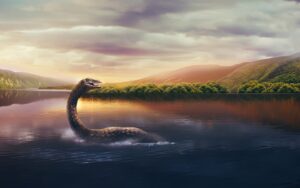
The Loch Ness Monster remains one of the most intriguing and enduring mysteries of our time. While recent scientific discoveries have not provided concrete evidence of Nessie’s existence, they have contributed valuable knowledge about the Loch Ness ecosystem and the challenges of investigating cryptids. The legend of Nessie continues to captivate the imagination and inspire curiosity, ensuring that the mystery of the Loch Ness Monster will endure for years to come. Whether as a symbol of folklore or a genuine enigma, the Loch Ness Monster holds a special place in the annals of mystery and exploration.


